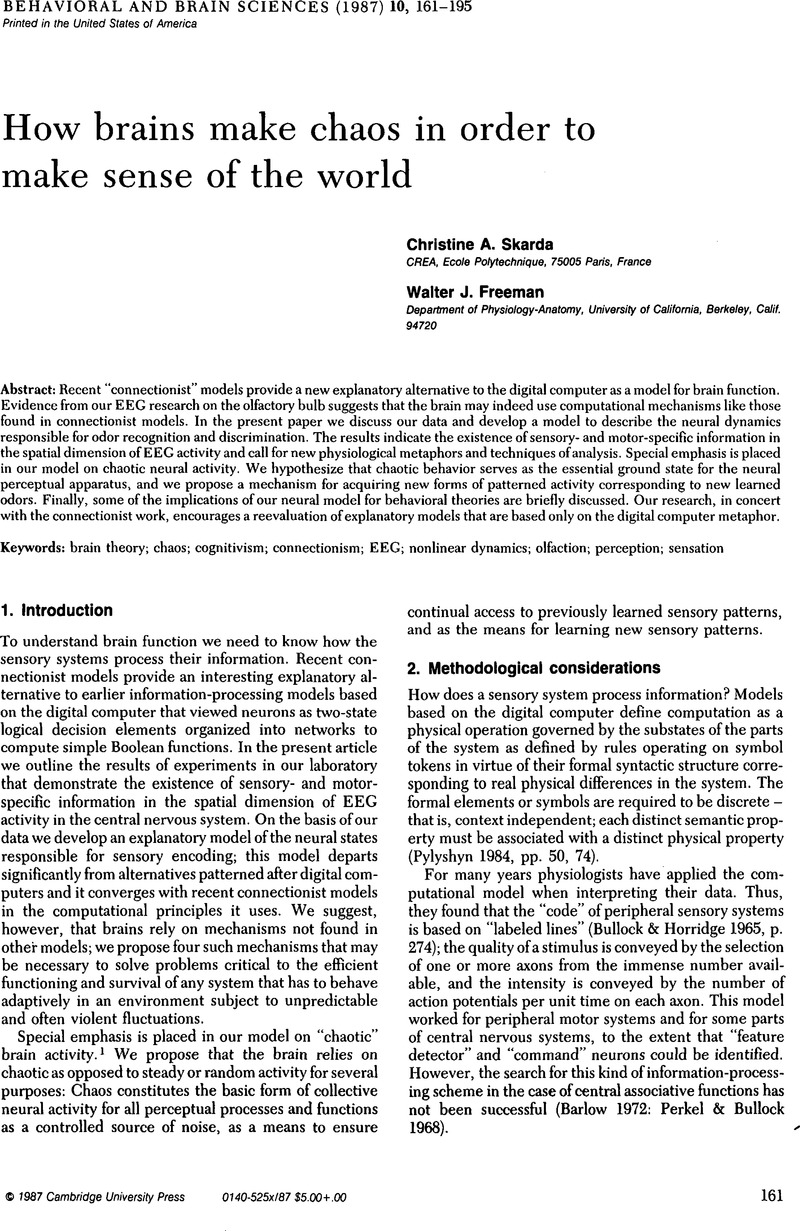Crossref Citations
This article has been cited by the following publications. This list is generated based on data provided by Crossref.
Siegel, R.M.
1990.
Non-linear dynamical system theory and primary visual cortical processing.
Physica D: Nonlinear Phenomena,
Vol. 42,
Issue. 1-3,
p.
385.
Doyon, B.
1992.
On the existence and the role of chaotic processes in the nervous system.
Acta Biotheoretica,
Vol. 40,
Issue. 2-3,
p.
113.
2002.
Functional Categories in Language Acquisition.
p.
303.



